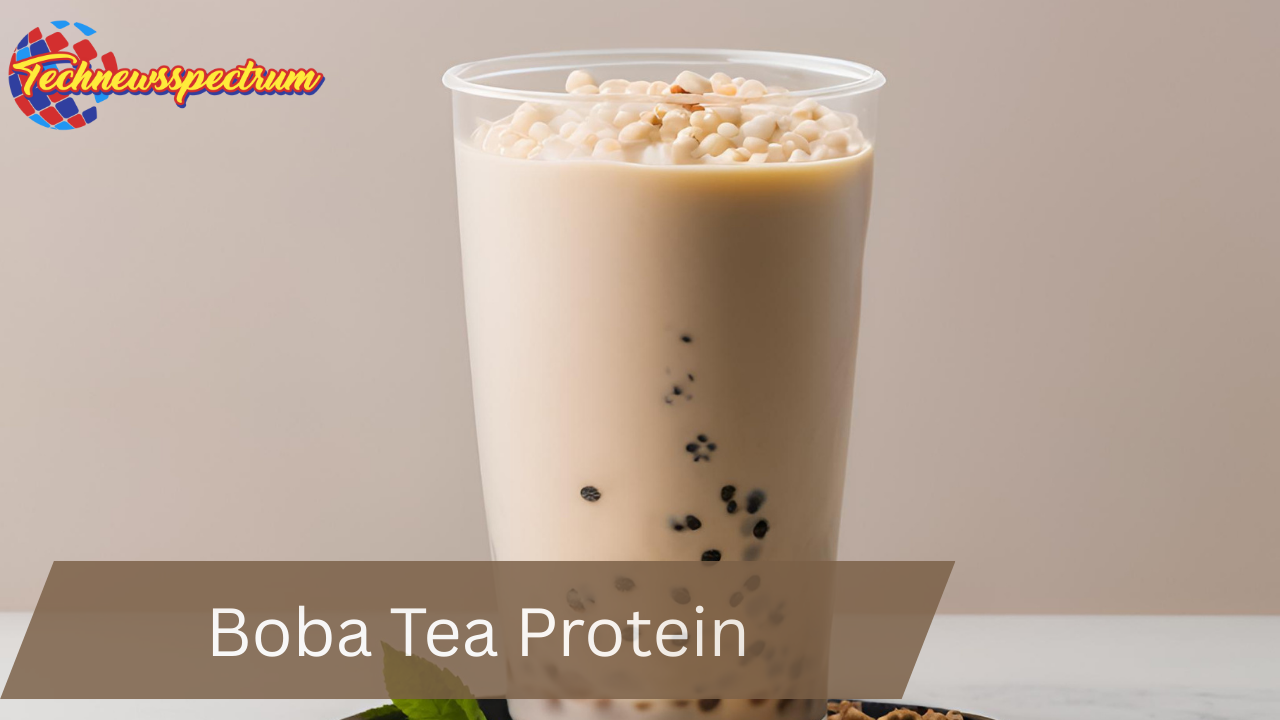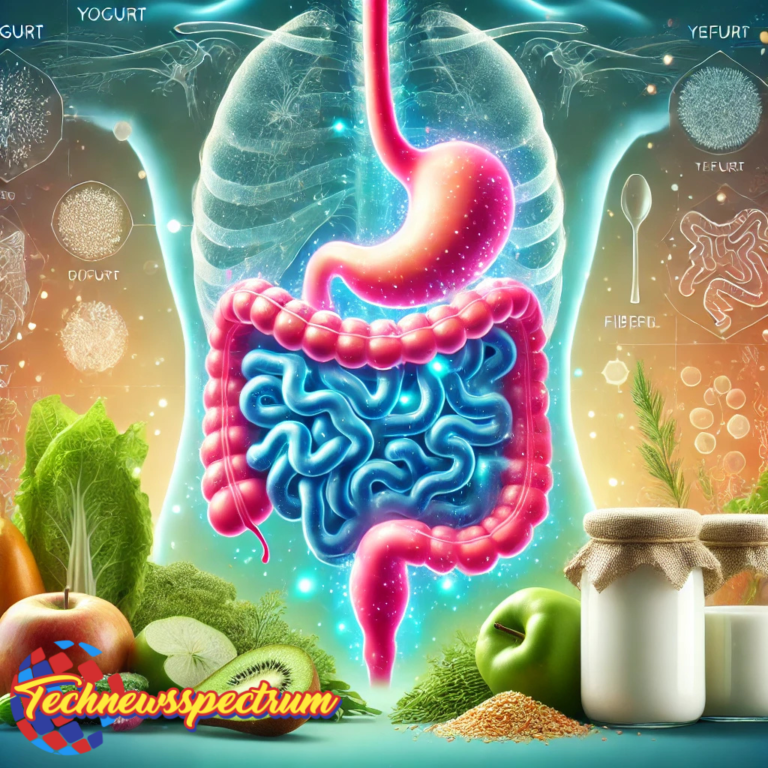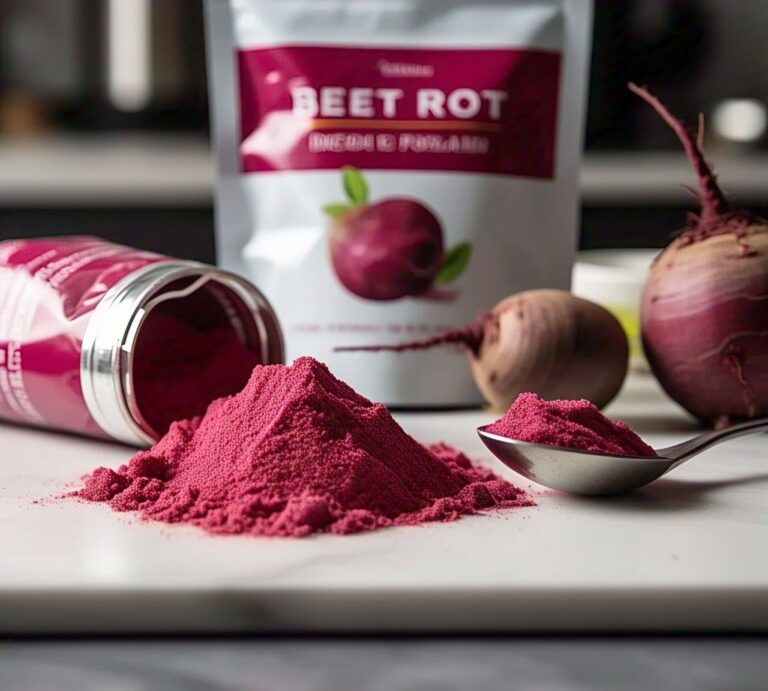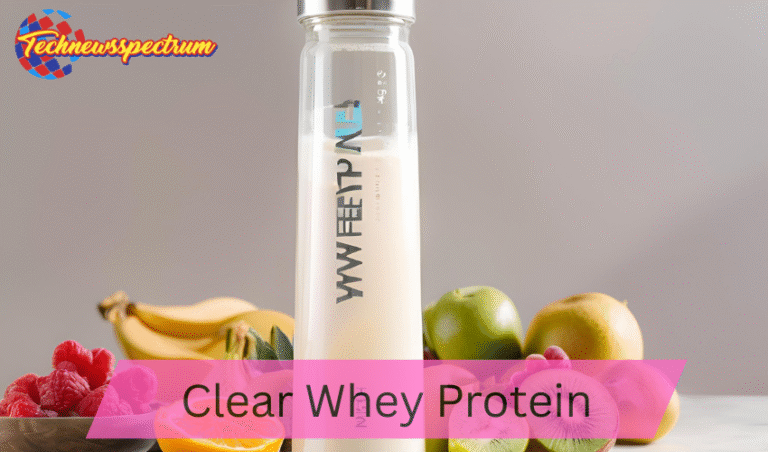Boba Tea Protein A Flavorful Fusion of Wellness and Taste
Meta Description
Boba Tea Protein blends the creamy taste of bubble tea with the nutritional power of protein. Discover its health benefits unique features and rising popularity in the wellness world.
Content Table
- Introduction to Boba Tea Protein
- History of Boba and the Rise of Protein Beverages
- What is Boba Tea Protein?
- How It’s Made Ingredients and Process
- Popular Flavors and Variants
- Nutritional Value Breakdown
- Who Should Consider Boba Tea Protein?
- Key Benefits of Boba Tea Protein
- Potential Drawbacks and Things to Watch Out For
- How to Incorporate It into Your Diet
- Market Trends and Consumer Demand
- Brands and Product Availability
- Safety and Allergen Information
- EcoFriendly Packaging and Sustainability Trends
- FAQs
- Final Thoughts
Introduction to Boba Tea Protein
Boba Tea Protein is changing how people approach health drinks. This innovative blend combines the bold flavor of traditional boba with the nutritional edge of protein supplements. Designed for those who love a tasty treat without compromising fitness goals this product caters to a growing audience of mindful consumers.
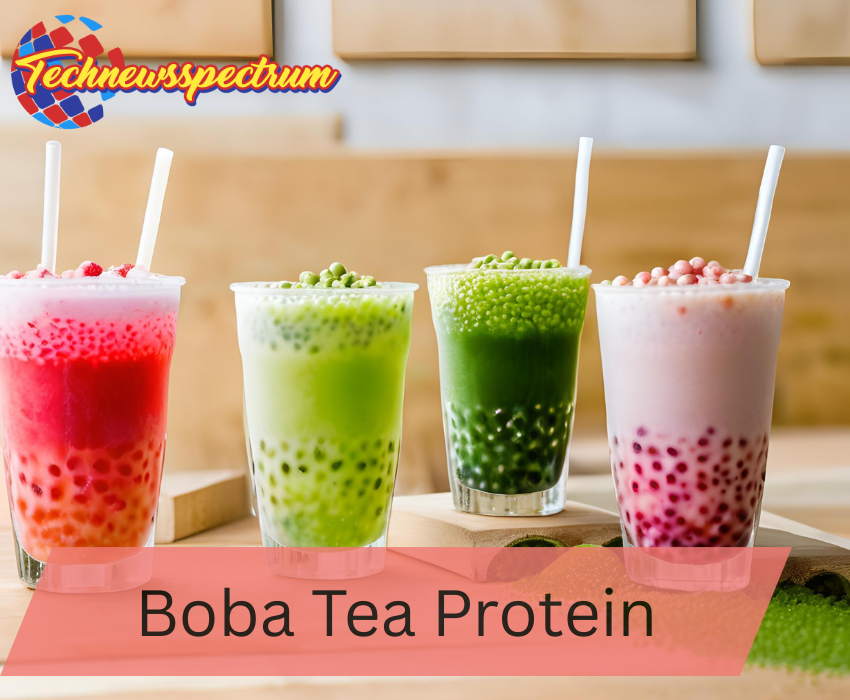
History of Boba and the Rise of Protein Beverages
Boba tea also known as bubble tea began in Taiwan during the 1980s and quickly gained a global following. As the health and fitness industry expanded protein drinks became household staples. The merging of these two trends led to a creative and nutritious beverage that’s both enjoyable and functional.
What is Boba Tea Protein?
Boba Tea Protein is a beverage combining milk tea or fruit tea flavors with protein supplements like whey soy or plantbased options. The drink often includes chewy tapioca pearls or lowcalorie alternatives for texture creating a balance between indulgence and nourishment.
How It’s Made Ingredients and Process
Common Ingredients
- Whey pea or soy protein isolate
- Green tea black tea or fruit tea base
- Nondairy milk or skimmed milk
- Lowcalorie sweeteners (stevia erythritol)
- Tapioca pearls or konjac balls
- Natural flavorings and extracts
Process
- Brew the tea base.
- Blend in protein powder and sweeteners.
- Add milk and mix thoroughly.
- Chill the drink and add boba.
Popular Flavors and Variants
- Classic Milk Tea Protein
- Taro Protein Tea
- Matcha Green Tea Protein
- Thai Tea Protein
- Chocolate and Mocha Protein
- Fruit flavors Mango Strawberry Lychee
Consumers can also find vegan versions sugarfree options and drinks with collagen or vitamins added.
Nutritional Value Breakdown
| Nutrient | Amount per 16oz serving |
| Calories | 180 to 250 |
| Protein | 15 to 25g |
| Sugar | 5 to 12g |
| Fat | 2 to 5g |
| Carbohydrates | 15 to 30g |
| Fiber | 2 to 6g |
The exact values depend on the brand and type of protein used.
Who Should Consider Boba Tea Protein?
This drink is suitable for
- Fitness enthusiasts seeking flavorful protein options
- Busy professionals looking for meal replacements
- Teenagers and adults reducing sugar intake
- Vegan and vegetarian diets (with plant protein versions)
Key Benefits of Boba Tea Protein
- Tasty Alternative to Shakes Appeals to those who dislike bland protein powders
- Convenient Nutrition Easy meal or snack on the go
- Supports Muscle Growth Thanks to high protein content
- Helps with Satiety Protein helps reduce hunger pangs
- Customizable Can suit various diets (keto vegan lowsugar)
Potential Drawbacks and Things to Watch Out For
- Tapioca Pearls Add Calories Watch portion size if managing weight
- Artificial Sweeteners May cause sensitivity in some people
- Allergens Soy dairy or gluten may be present in some products
- Not All Brands Are Nutritious Some products are low in protein and high in sugar
How to Incorporate It into Your Diet
- PostWorkout Drink Fast protein replenishment
- Breakfast Replacement Add oats or fruits
- Snack Substitute Keeps energy up between meals
- Dessert Option Guiltfree treat
Market Trends and Consumer Demand
The global protein beverage market is projected to surpass $20 billion by 2027. Boba Tea Protein has seen a surge in social media popularity especially among Gen Z and millennials thanks to its aesthetic and versatile nature.
- Fitness brands are launching their own versions.
- Cafés and health bars are adding it to their menus.
- Online DIY kits are now widely available.
Brands and Product Availability
Top names offering Boba Tea Protein include
- Bobatastic Protein
- WheyCool Boba
- FitTea Fusion
- Herbalife Boba Range
- Vega Bubble Boost
You can find them online in health food stores or in cafes that specialize in protein drinks.
Safety and Allergen Information
Most brands provide detailed labels. Consumers should
- Check for lactose soy or nut content
- Review sugar and artificial ingredient levels
- Confirm certifications (e.g. vegan glutenfree)
EcoFriendly Packaging and Sustainability Trends
Many brands are moving toward
- Biodegradable cups and straws
- Recyclable packaging
- Ethical sourcing of tea and plant proteins
- Reduced carbon footprints during production
FAQs
1. What makes Boba Tea Protein different from regular boba tea?
It combines traditional boba tea flavors with added protein to support health goals.
2. Can I make Boba Tea Protein at home?
Yes with protein powder tea milk and tapioca pearls or alternatives.
3. Is it good for weight loss?
Yes if consumed with low sugar and balanced macros it can support satiety and reduce cravings.
4. Are there vegan options available?
Absolutely. Many brands offer pea or soy protein versions.
5. Does it contain caffeine?
Most teabased versions do but caffeinefree options also exist.
6. How often can I drink it?
Once daily is typically safe but check with your nutritionist for personalized guidance.
Final Thoughts
Boba Tea Protein is carving its niche in the wellness industry by merging pleasure with performance. With evolving tastes improved nutrition and consumer focused innovation this drink stands as a flavorful option for healthier living.

